Get Paper Industry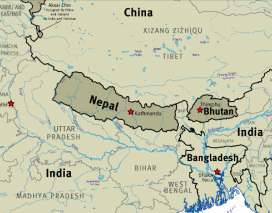 Get Paper Industry (GPI) is an award winning handmade paper cooperative that has been making paper and paper products in Nepal for almost 30 years. The cooperative started with 14 employees but quickly grew when it forged a supply agreement with The Body Shop International in 1989. GPI now employees over 70 people, plus an extra 700 seasonal workers, many of them women. The partnership with The Body Shop continues to this day, and GPI has other trade partnerships with groups like Ten Thousand Villages. Nepal is among the world's poorest countries. Almost half of the country's working age population is unemployed or under-employed. Because of this, nearly 2 million people have left Nepal to seek work in other countries, leaving their families and communities behind. With Nepal's population of 27 million, GPI's employment opportunities might seem like a drop in the bucket. What stands out to me, though, is that GPI has provided job opportunities for such a long time through so much political and economic uncertainty, and the cooperative has provided employment for uneducated women, a demographic that typically has few employment opportunities in Nepal. When GPI started in 1985, they made paper primarily from the lotka plant (like this one): 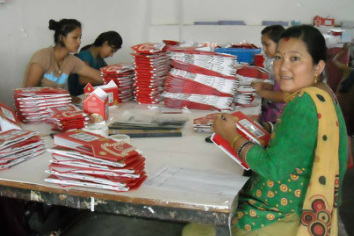 photo, GPI photo, GPI The partnership with The Body Shop introduced GPI to various recycling methods. So for the last 25 years, the cooperative has made paper from waste paper, cotton discards from the garment industry, and agricultural waste like banana fibres, straw (jute), and water hyacinth. The GPI artisans create paper pulp by mixing the recycled fibres with water. The pulp is then pressed between wooden plates to squeeze out the water and flatten the paper, and the resulting sheets are dried in the sunshine. GPI has a waste water treatment facility to filter all the water used in their manufacturing. The entire process honours handcrafted quality and environmental responsibility. photos, Ten Thousand Villages If making gorgeous paper products and providing sustainable employment wasn't enough, GPI also promotes community development through its sister organization General Welfare Prathisthran (GWP). Four per cent of GPI's revenue goes to GWP, which coordinates initiatives in four major areas:
Whoa. Amazing.
It's pretty easy for me to get deliriously excited about a piece of paper. But I can get downright passionate and weepy about a piece of paper that has dried in the sunshine after being carefully mixed and pressed by a Nepalese woman working for Get Paper Industry. There's a great deal of good, compassion and strength behind that delicately textured sheet of paper.
2 Comments
This post is part of my series about the artisans whose work you'll find in The Mennonite Central Committee's Ten Thousand Villages shops. You can read my original post introducing the series here. Today, let me introduce you to Phontong Handicrafts, an artisan cooperative in Laos. Phontong Handicrafts gives people living in remote villages the opportunity to earn a living without having to leave their homes for larger cities to seek employment. 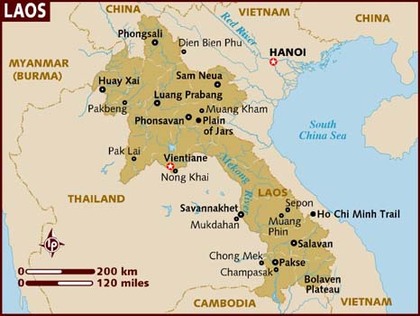 Laos is situated in a part of the world that has been turbulent for several decades. And the country itself has not been insulated from turmoil. From the mid 1950's to mid 1970's, Laos was embroiled in civil war, further complicated by the Cold War and the war in neighbouring Vietnam spilling over Laotian borders. A tense stability ensued when a Communist government took power in 1975. By this time, many Laotians had been displaced from their communities to settlements near larger cities, and employment was difficult to find. These circumstances drove a woman named Kommaly Chantavong to action. As a child, Kommaly had fled from northern Laos to the settlement village, Phontong, near the city Vientang. As an adult during the time of transition as the Communist party took power, she and countless others had difficulty finding work. Kommaly knew that, like her, many women displaced from northern Laos had learned traditional weaving techniques from their mothers and grandmothers: these skills could provide a source of income. In 1975, she gathered a group of 10 women, and together they formed "The Phontong Weavers". 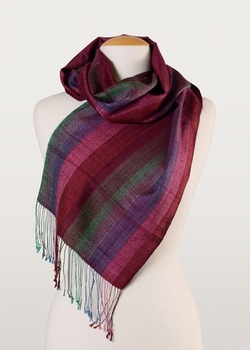 photo, Ten Thousand Villages photo, Ten Thousand Villages The women began by selling their creations at a local market. In 1977, their beautiful work caught the government's eye, and The Phontong Weavers were commissioned to weave the ribbons needed for army and police uniforms. The extra business allowed the women to expand their group to be a cooperative representing other villages around Vientang. In 1985, the weavers applied to the government to become a recognized cooperative, registering as "The Phontong Handicraft Cooperative". The government sold raw materials and dyes to Phontong Handicrafts and then purchased the cooperative's products for resale in the government store and export to Eastern Block countries. 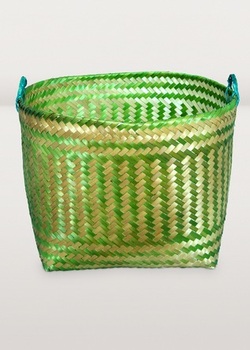 photo, Ten Thousand Villages photo, Ten Thousand Villages It wasn't long before changes in the world would once again result in changes for Laos. With the dissolution of the Soviet Union and the resulting global economic shifts, trade arrangements changed for Laotian cooperatives. The country's Communist government gradually decentralized economic control and encouraged private enterprise, which entailed that cooperatives would oversee their own transactions. As ever, Phontong Handicrafts was proactive, and established trade arrangements with two fair trade NGO's, including Ten Thousand Villages. Today, Phontong Handicrafts represents over 450 artisans in 35 villages, and now includes wood carvers in addition to fabric and basket weavers.  photo, Ten Thousand Villages photo, Ten Thousand Villages What inspires me about this story is that Phontong Handicrafts has survived - and even grown - through times of great change. They approach their business with the dignity they encourage in their artisans. And their role in Laos remains critical. Subsistence agriculture accounts for 80% of the employment in Laos, when only 4% of the country's land is arable. In this precarious economic reality, Phontong Handicrafts promotes some sustainable employment opportunities while fostering longstanding creative traditions. Thanks to them - and Ten Thousand Villages, of course - people around the world can enjoy beautiful art forms that have been taught in Laotian villages for centuries. 5/17/2013 Women in Rural Bangladesh Find Fair and Sustainable Employment Through CORR - The Jute WorksRead NowThis post is part of my series about the artisans whose work you'll find in The Mennonite Central Committee's Ten Thousand Villages shops. You can read my original post introducing the series here. Today, let me tell you about CORR - The Jute Works from Bangladesh. If you type "Bangladesh" into Google news search right now, most of the stories that come up are about the April 24th collapse of a building that housed several garment factories in a suburb of Dhaka, the capital. Over 1,100 people died in the accident. This tragedy occurred only five months after a fire in another Bangladesh garment factory killed 112 workers. Any catastrophe that involves losses of life and injuries is a tragedy: what's unspeakably awful about these tragedies is that they wouldn't have occurred if the international clothing brands who operate the factories would have properly maintained the facilities. 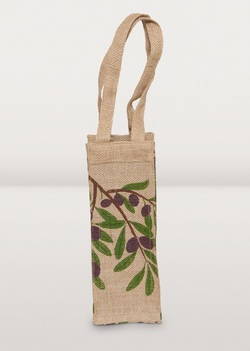 Jute Bag Made in Bangladesh by a CBJ artisan Jute Bag Made in Bangladesh by a CBJ artisan Of the limited amount of information I know about the economics of the clothing industry, I have heard the argument that improving the wages and conditions for workers in factories like these tragedy-stricken ones in Bangladesh, would upset local economies where the factories exist. I've always suspected that this is an over-simplification (and at worst, a cop-out), and my recent discovery of CORR artisans at Ten Thousand Villages proves my suspicions aren't too far off. CORR - The Jute Works (CJW) describes itself as a women's non-profit handicraft marketing and exporting trust. It was founded to help impoverished rural women in Bangladesh find means to earn a living using local materials they can easily access, like grass, bamboo and clay. Partnering with CJW means women don't have to leave their families to earn income: they can work from home and still raise their children and be part of their communities. 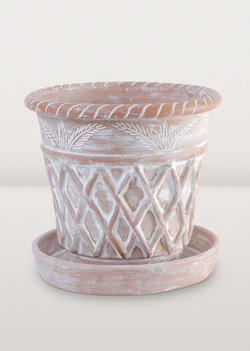 terra cotta garden planter by CBJ artisan terra cotta garden planter by CBJ artisan The artisans are organized into self-governed cooperative groups, and CJW's Education Team provides assistance as needed. Currently, CJW has 220 cooperative groups representing over 4,800 female and 160 male artisans across Bangladesh. That's a lot of people. The artisans make everything from clay and terracotta pottery to jute bags and baskets to handmade paper. CJW looks after exporting the products and also provides funding and support for further education and business ventures for the artisans. This is great news about Bangladesh, and I wish it was a top story. It's hard to be an informed and responsible consumer. Labels don't tell us much, and it's hard to know which corporate responsibility statements to believe. One sure way to buy responsibly is to purchase from organizations such as CJW, who try to nourish sustainable and just employment in their corners of the world. It might seem like a drop in the bucket, but it's something. * all photos courtesy Ten Thousand Villages - click on the images to purchase directly 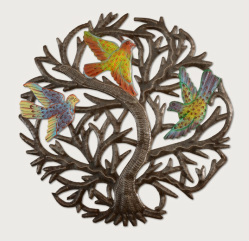 "Tree of Life" made from recycled oil drum "Tree of Life" made from recycled oil drum One of my favourite places on earth to shop is Ten Thousand Villages. It's rare that I can walk by a store and not go inside. Ten Thousand Villages is a program of The Mennonite Central Committee, and its chief aim is to provide "opportunities for artisans in developing countries to earn income by bringing their products and stories to [other] markets through long-term, fair trading relationships". I have enormous respect for the MCC and the Ten Thousand Villages program, and I can't say enough about the wonderful things they sell. So, each month on my blog, I'll feature one of the artisans or artisan organizations Ten Thousand Villages represents. 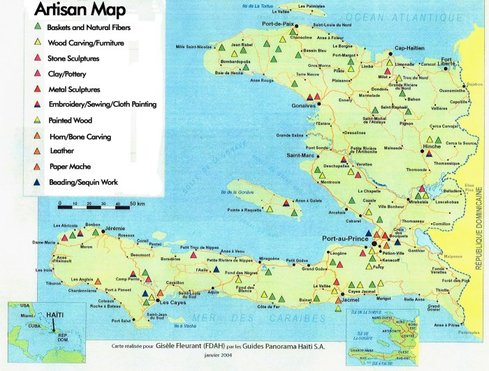 map of Haiti showing the locations of CAH-supported artisans map of Haiti showing the locations of CAH-supported artisans Haiti is not an easy place to live. Violence and political instability are constant, and a staggering 80% of the country's population lives below the poverty line. Adding enormous insult to injury, the catastrophic earthquake in 2010 left over a million people homeless and completely devastated the economy. Since 1973, Comité Artisanal Haitïen (CAH) has worked to encourage Haiti's rich artisanal heritage by helping artisans develop their businesses and find local and foreign markets for their products. CAH represents over 200 artisans in various craft traditions, including stone carving, metal sculpture, paper maché, horn and bone, basketry and natural fiber weaving. The partnership between the artisans and CAH generates incomes to support approximately 1,800 people. Since the 2010 earthquake, CAH has added a new initiative called the Haitian Design Centre, where artisans can generate more designs to ensure the sustainability of their work and income. Talk about amazing.  "Face of the Sun" oil drum sculpture "Face of the Sun" oil drum sculpture I'm particularly fascinated by the metal drum artisans that CAH represents. The craft is unique to Haiti, and it began in the 1940's in a town called Croix des Bouquets, where all the empty oil drums from nearby Port-au-Prince were dumped. Local artisans reclaimed the waste by refashioning it and combining it with other materials to make beautiful art. Because of the artists' resourcefulness with steel drum waste, Crois des Bouquets is no longer littered with steel drums, and the artists now purchase used drums to create their art. There's something very poignant about artists making beautiful art out of rubble in a country with a worldwide reputation for being a political and economic mess. As Haiti struggles to rise from the ashes, the steel drum artisans' creations are perhaps a sign of hope and strength and promise. *All art images courtesy of Ten Thousand Villages |
Details
Jane Hogeterp Koopman
Subscribe to Jane's Blog by RSS or email:
Categories
All
Archives
January 2018
Stuff I love:
|
Proudly powered by Weebly


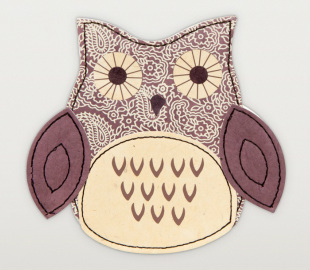
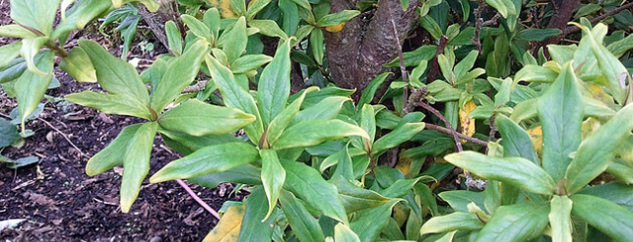
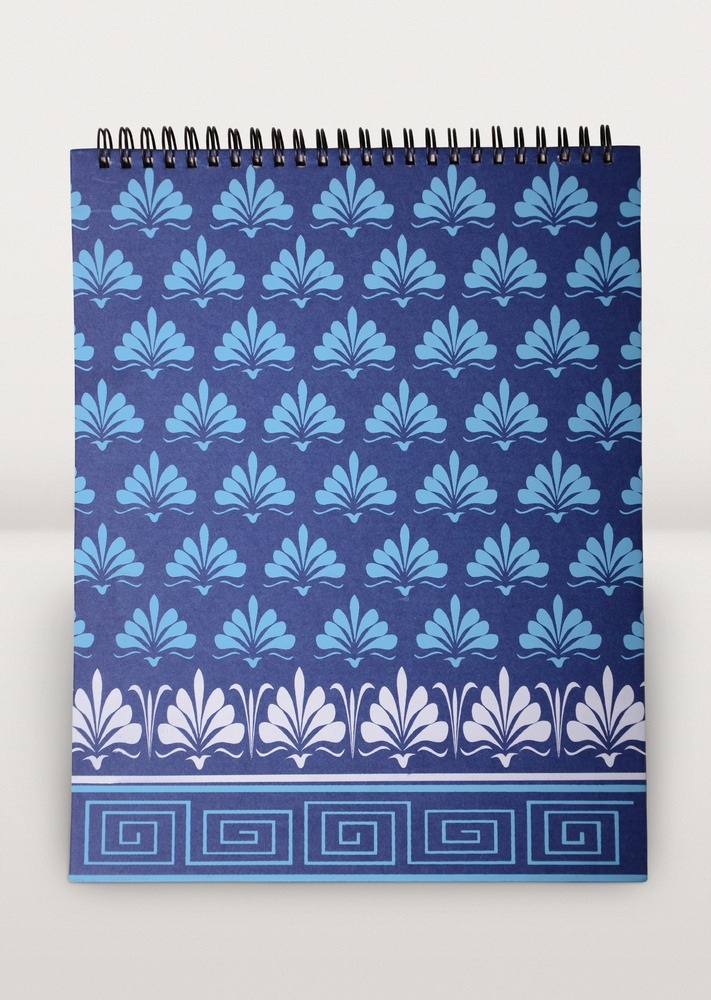
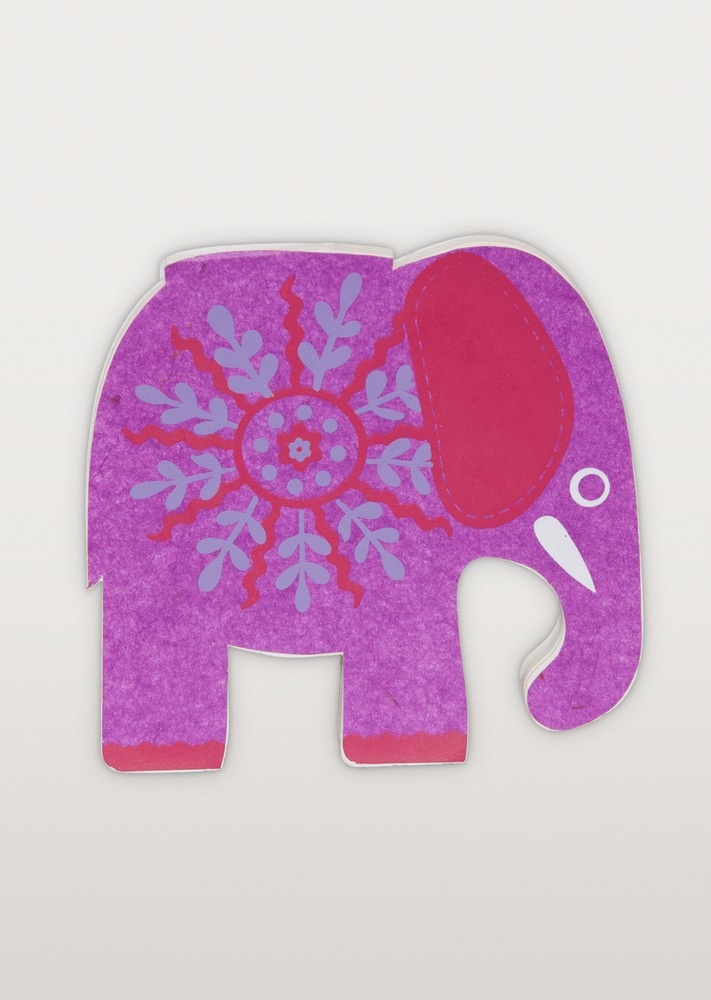
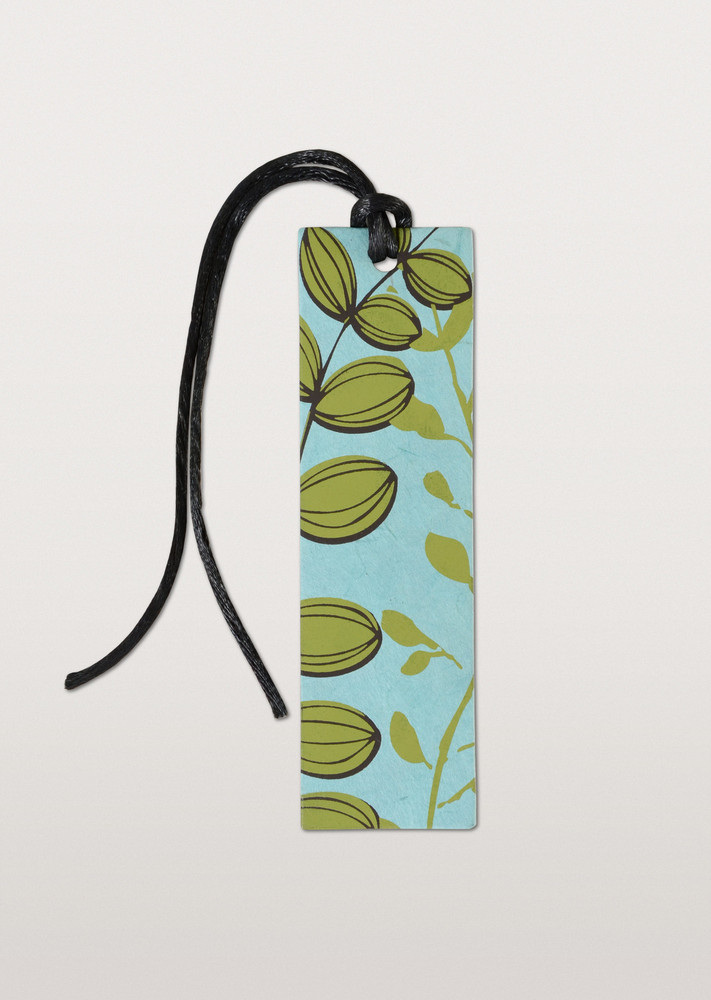

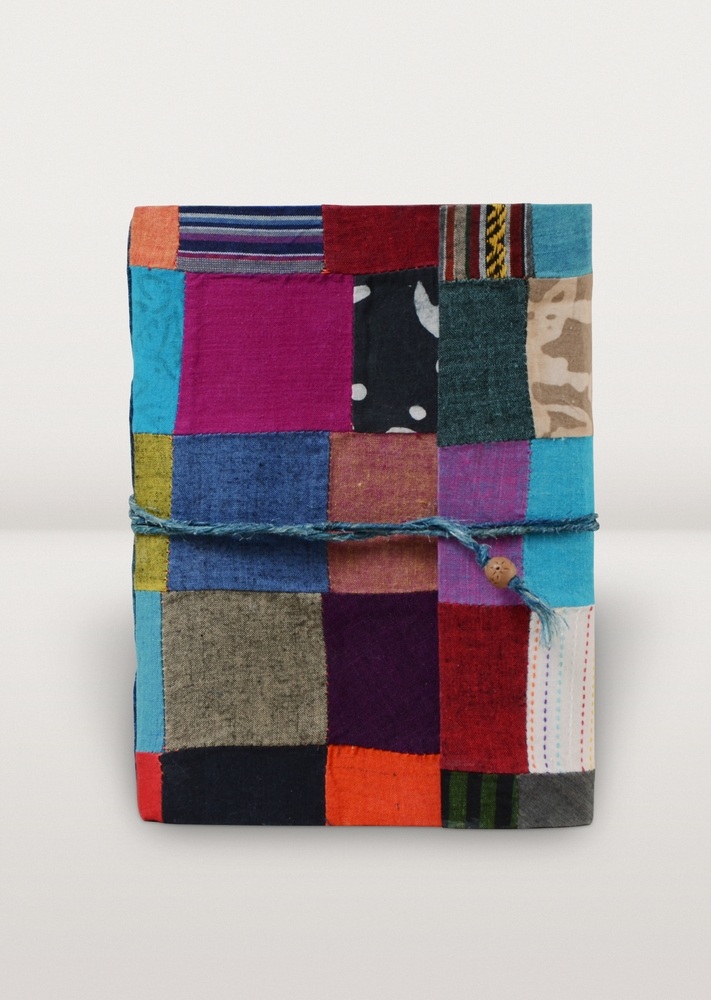
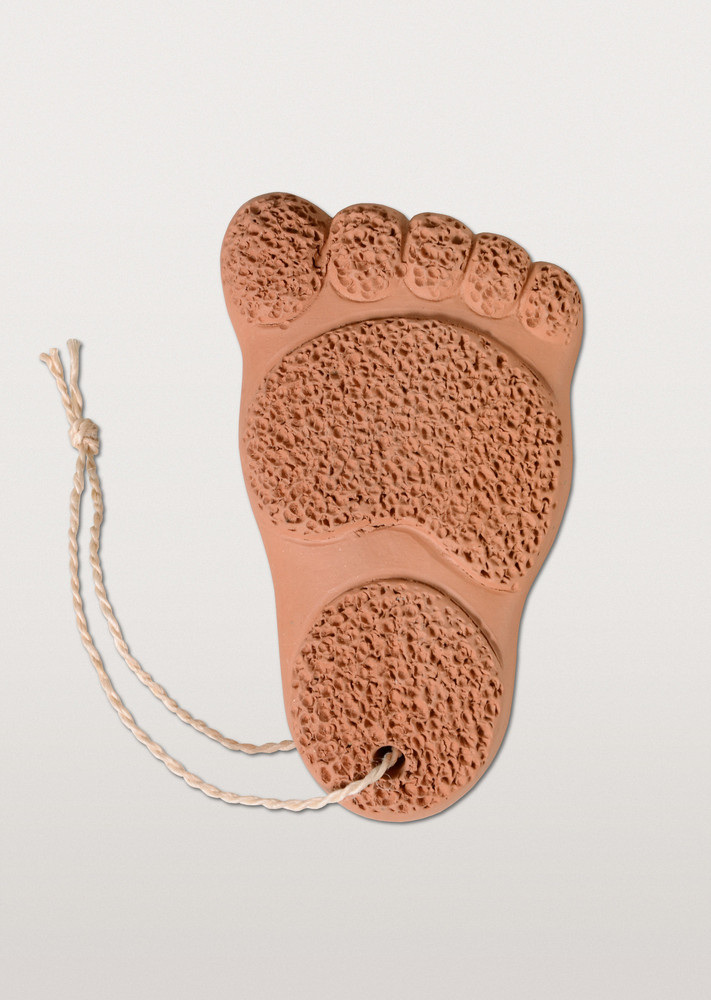
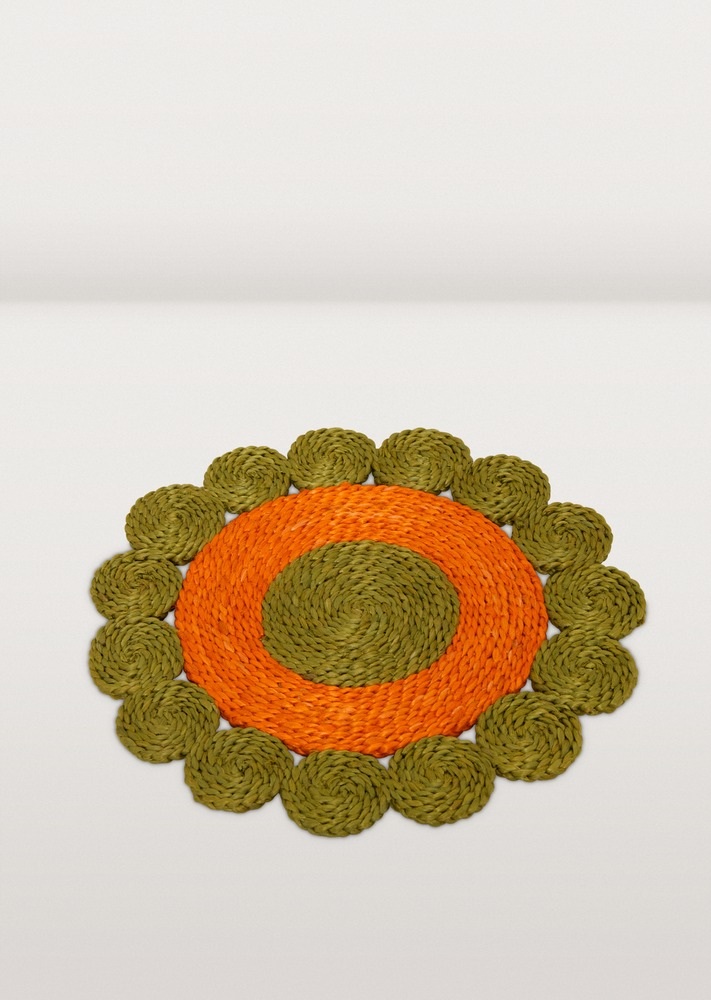
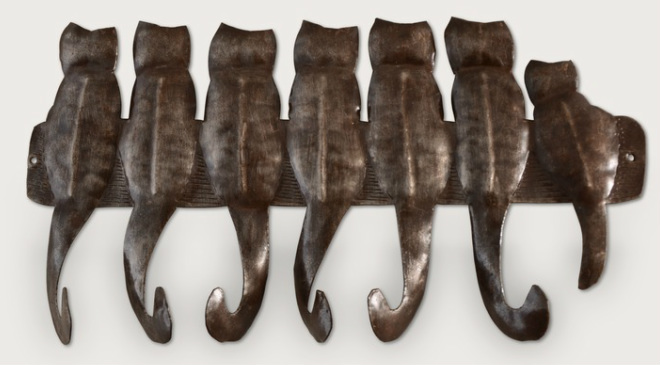
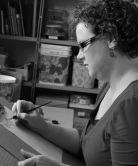
 RSS Feed
RSS Feed